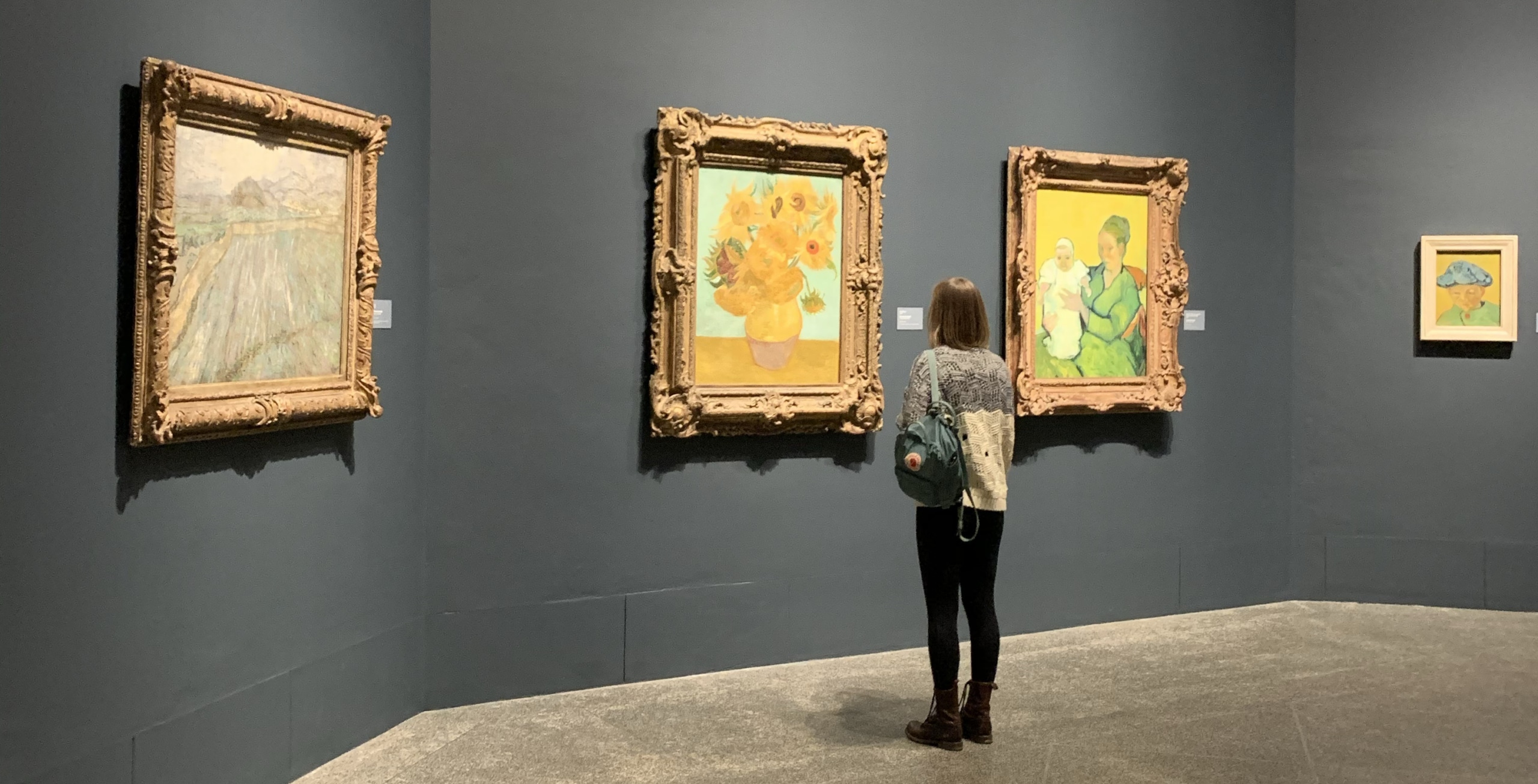Ellen Orr, our collections consultant, and Sara Cannon, our chief experience officer, went to the Association of Registrars and Collection Specialists Conference in Philadelphia. We sent them to learn about the life of Registrars and collections specialists and how we can better help them. Here are some of their takeaways.
1. Art moves around a LOT
A big part of a Registrars or Collection Care Specialists job is dealing with the movement of art. Loans and curatorial rotations are happening constantly. MoMA alone has 90,000 marked location changes on objects per year. That could be for exterior loans, or just moving within interior storage locations. When art is moved, it can be by courier, by art handlers, by art shippers, or by plain old Fed-Ex (not ideal but it happens). Art movement is inherently risky; most damage occurs when art is moved from one place to another.
2. Outdoor Sculpture has unique conservation needs
Outdoor art needs care just as much as indoor art, sometimes even more! Two and three dimensional works meant to be out in the elements need a different kind of protection with different standards of care. Bronze sculptures, for example, have a surprisingly delicate surface patina that can rapidly degrade and change if left uncoated. Those sculptures can be coated in a protective layer, sometimes either colored or clear wax, that helps protect the surface from water, the damaging oils in human skin, and other organic materials like bird droppings. The elements can be harsh, though, and this layer isn’t very helpful when it comes to freezing rain, direct sunlight, air pollution, shock, etc. Regular cleaning and condition checking outdoor sculpture is a must if the work is located in a place with high levels of these agents of deterioration.
3. Museums and collections are forming disaster response teams
When disaster strikes, museums and collections need to be ready to act. When hurricane Sandy hit New York City, it caused massive amounts of damage to many of the city’s collection spaces. This spurred the development of a city-wide disaster response team that helped assess damage caused to these collections and begin repairs/conservation efforts. Disasters can happen anywhere at any time (fires, floods, tornados, etc.) and collections staff need to be prepared to quickly act and handle the situation. Those responders in New York formed the Alliance for Response, that now offers resources to help other collection response networks build their programs. The Smithsonian also offers resources for disaster response.
It pays to be prepared for the worst!
4. People are hungry for real time data that just works
Whether art is hanging in a museum, sitting on a shelf in storage, moving in a crate on a truck, or installed in a busy city street intersection, tracking its environment is important. Registrars and Collections Specialists need to be able to observe changes in this environment via real time data so they can act in whatever way necessary. This is one of the many reasons why we do the work that we do here at Conserv. Check out our free software and real-time sensors!
ARCS, we had a great time and learned a lot! Can’t wait to see you in Montreal in 2023!
If you have any questions about environmental monitoring, integrated pest management, or just want to talk about preventative conservation, please reach out to us! Don’t forget to check out our blog or join our community of collections care professionals where you can discuss hot topics, connect with other registrars and collection specialists, or even take a course to get familiar with the Conserv platform.




